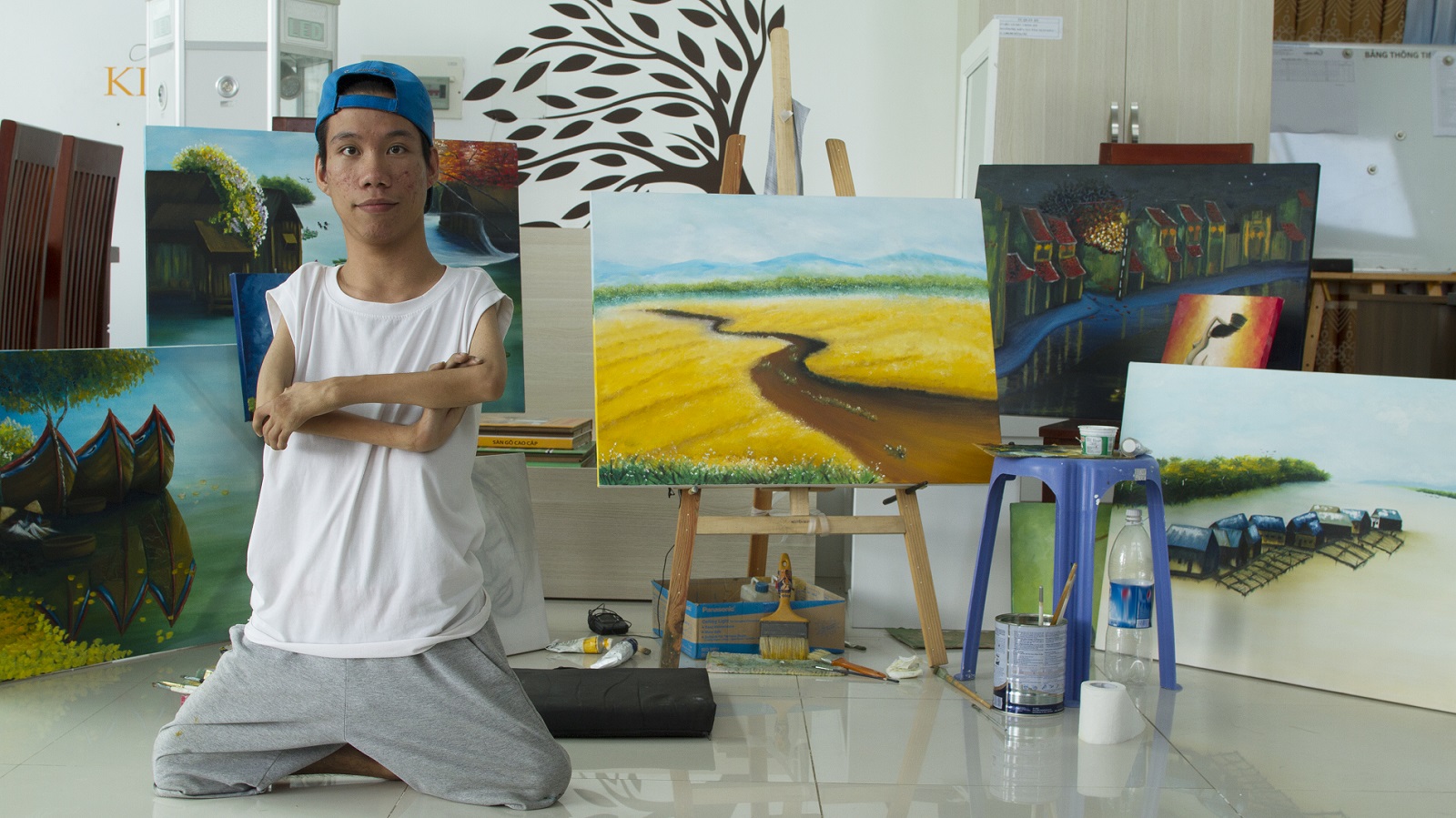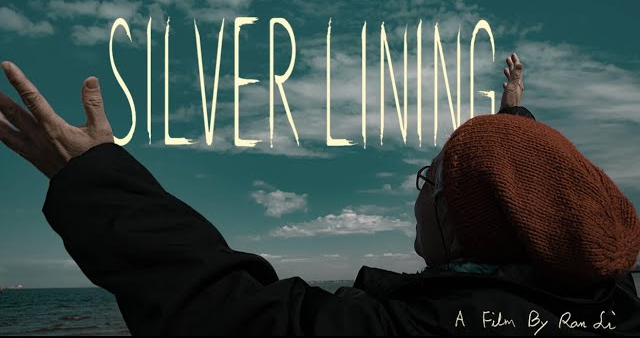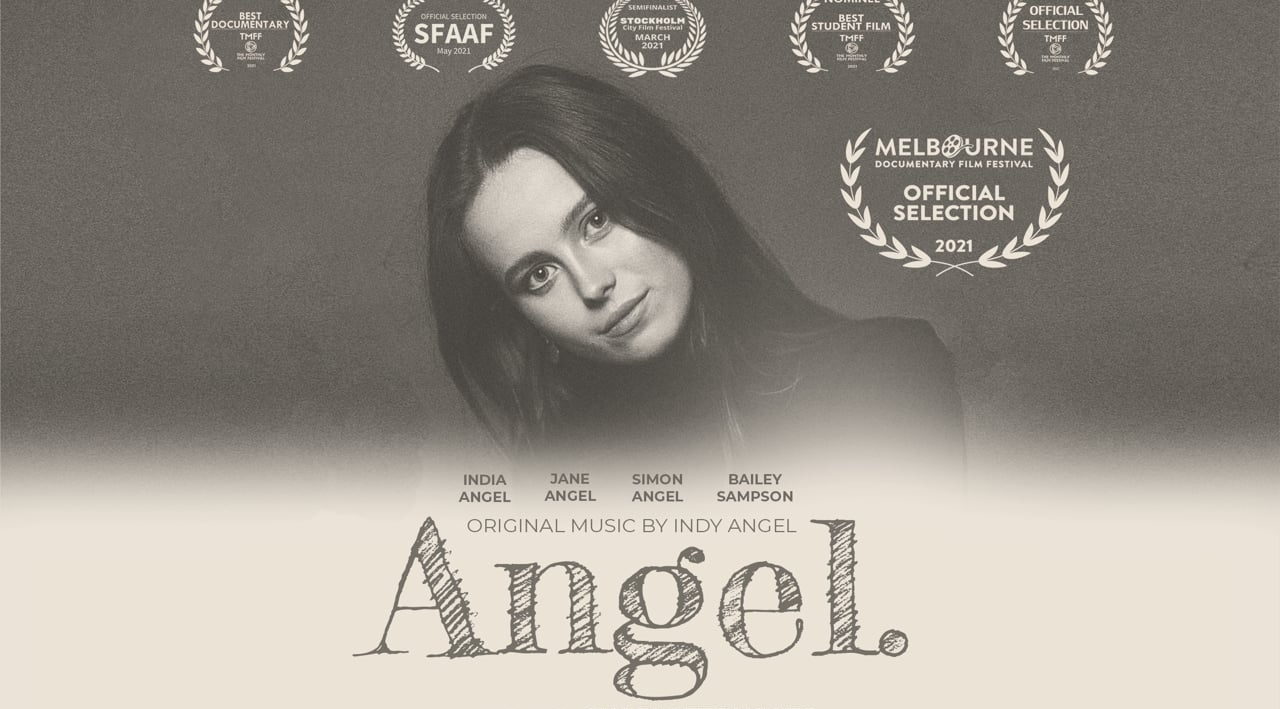Intimate, relevant, and humanizing, “Upstate Purgatory” from BAFTA-winning director Lee Phillips is a 19-minute window into the minds of four inmates at the Albany County Jail in upstate New York as they reflect on their pre-incarceration lives and the hopes they have for their futures beyond the perdition-like confines.
Some of their criminal charges range from murder to drugs, yet details about their specific cases (with exception to Lorenzo, a former member of the Mexican Mafia, who is surprisingly open, if not relaxed, when it comes to discussing a killing he committed) are decisively avoided and instead the film is driven more by a focus on personal understanding and trying to see the complexities of each individual over that of just seeing their unlawful actions.
Through Phillips’ questioning, the individuals also seem to see themselves too—their answers mirroring back painful truths about their lives, difficult to hear, let alone to accept the reflection of.
The result is a standout and moving portrait on heart and redemption that will leave you looking at those on-screen with eyes capable of seeing further than labels of crime or addiction and deeper at the bonds that join us despite the physical ones that separate us.
The general bonds of our dreams for ourselves or our kids, our grief when we experience a loss, our regrets at poor decisions, or our shared uncertainties for tomorrow. . .
Such bonds that connect without prejudice.
Even connecting us, as Phillips reminds us, to those in unlikely places, even to those sitting in jail cells in Albany, New York.
On the making of. . .
It’s not every day that an arm injury leads to a short film.
Yet, when Lee Phillips found himself in a sling with a fracture and torn tendon following a mishap while on vacation, he may not have been able to film his next project but it couldn’t stop him from revisiting his last one.
While shooting a documentary series for UK television network ITV, Phillips had collected roughly 130 hours of footage at the Albany County Jail, two of which made it into the program (“Life Inside Jail: Hell on Earth”) that was broadcast to an audience of more than 3 million viewers.
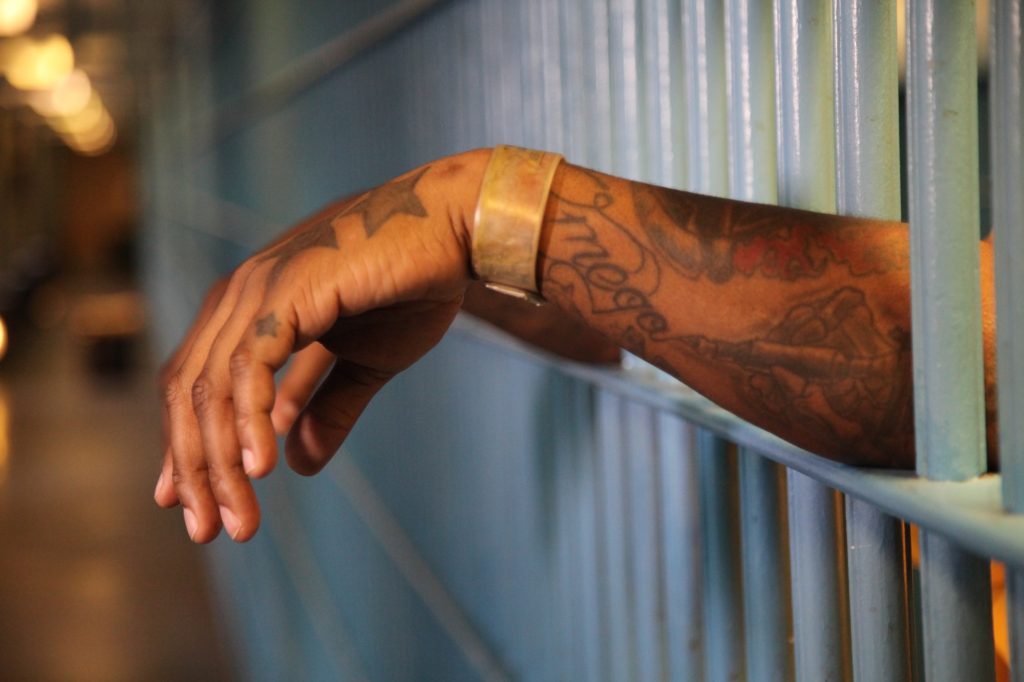
“Upstate Purgatory,” a project born out of hard work, arm sling, and genuine love of filmmaking was pieced together from the material that didn’t make the cut—the stories that Phillips just couldn’t forget.
Documentary Drive recently caught up with Phillips who takes us inside the film’s production and shares what it was like shooting inside an environment few directors will ever see.
Documentary Drive: Can you walk me through what a typical day of filming looked like?
Phillips: While a jail is a fascinating precinct to film in – the truth is, most days can be incredibly slow and frustrating. The daily grind of bag searches, security checks, and an endless stream of locked gates becomes old very quickly, especially when you are on a tight schedule. While my producer and I always worked out some kind of agenda, it’s difficult to plan anything in a place that houses drug addicts, murderers and con-artists. No one trusts anybody and the security of the facility is designed to ensure that no one can plan anything.
As you can imagine, everyone has an extraordinary story to tell. Jail is a treasure trove of tall tales – and the tedium of life behind bars means everyone has plenty of time to spin a yarn.
Most of what you see and hear is bravado. An exaggerated image created to build a reputation, gain respect or to avoid becoming a victim. To break through the veneer, required time. We often spent 15-hour days trawling the tiers, meeting dozens of inmates… listening to what they had to say. The aim was to find those who would let us break the veneer and delve deep into their soul.
Documentary Drive: Being a maximum-security jail, did you have to make any special provisions to your usual shooting style?
Phillips: The jail was a dangerous place, no doubt about that. You need to have your wits about you and be light on your feet. Unimaginable levels of violence can (and do) break out in a heartbeat, so you don’t want tunnel vision of a shoulder-mounted camera or to be looking down a viewfinder.
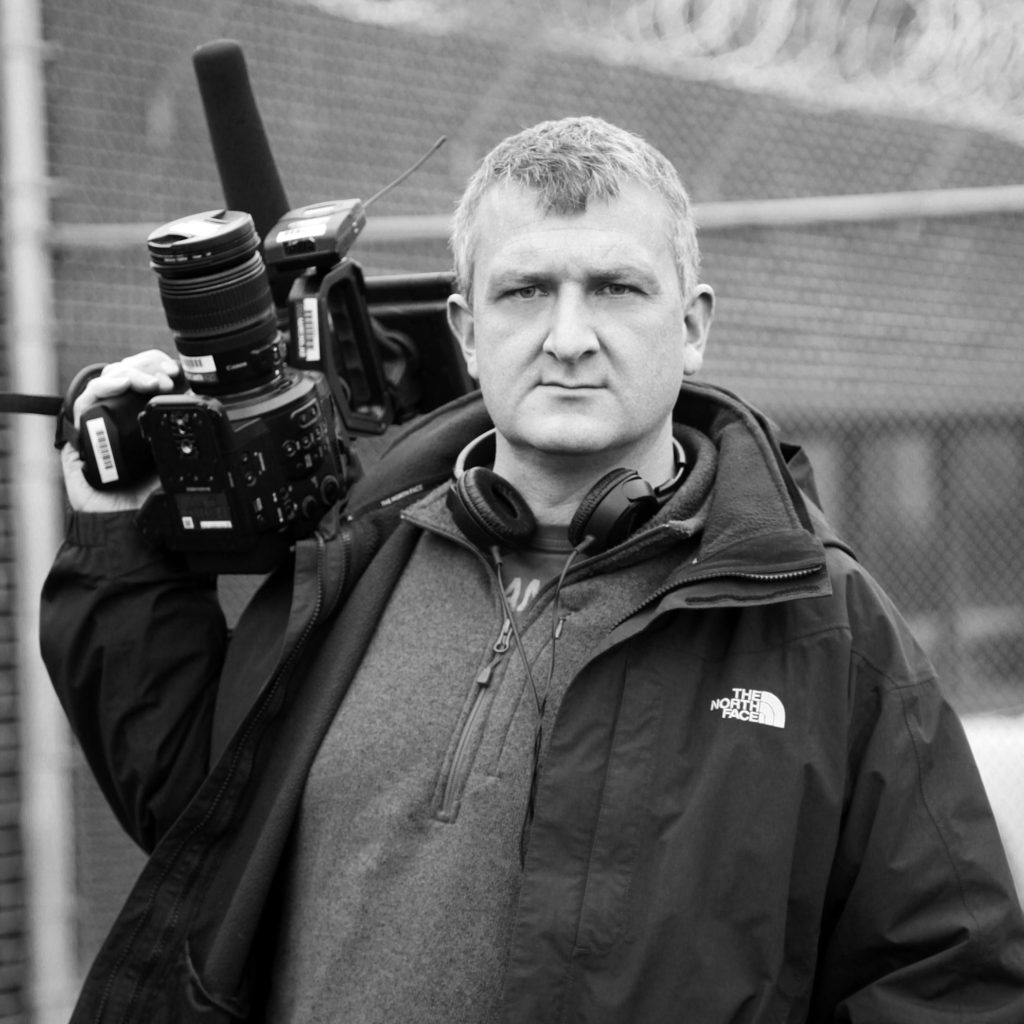
I shot this with the Canon C300, which is small and was perfect. I’m tall, so am able to comfortably shoot from the hip using the LCD monitor. This enables me to focus on the subject, without losing sight of what might be going on behind me.
I remember when I first filmed in a UK prison a few years ago, I was given some training and fed horror stories about how quickly things can turn very ugly. Having now made two series and this short behind bars, I know only too well what can – and frequently does happen in a place like this.
Practically speaking, every piece of kit needs to be recorded and accounted for every day. A misplaced pen can become a deadly weapon; a radio mic used to commit suicide. The result is you take as little equipment into the facility as possible.
The hardest part is recording sound. The environment is incredibly noisy, and it can make intimate moments difficult to capture. Everybody can hear everything. There’s a constant noise from officers, inmates shouting and screaming, toilets flushing… it’s never-ending.
Documentary Drive: Having previously worked on a series inside a UK prison, how would you contrast the experiences? Was there anything that surprised you about the environment or treatment of those incarcerated at a US facility versus that of those in the UK?
Phillips: The US system is much tougher. The cells are smaller and movement around the facility much more restricted. The biggest difference really though was the lack of privacy. When you spend time in a US jail, you not only lose your liberty, but with barred cells, and no toilet screen – you lose your privacy and dignity too.



Documentary Drive: Though “Upstate Purgatory” is a serious film in a very serious setting, did you experience any lighthearted moments while in production?
Phillips: There is very little humor, and what there is tends to be pretty dark. I heard stories about the extraordinary lengths inmates go to, to smuggle items into the facility. The stashing of drugs, cell phones and weapons in a person’s behind is incredibly common. But a hotdog!? That was unusual.
Documentary Drive: Have the stories documented in “Upstate Purgatory” personally left an impact on you?
Phillips: Most definitely. If you think the film is powerful to watch, I’ve done my job. But, what makes the cut is really just the tip of the iceberg in terms of what I and my producer experienced. The trauma of living with these people and their broken lives takes a long time to shake.
Documentary Drive: If there’s one thing you hope viewers remember or take away from watching “Upstate Purgatory,” what would it be?
Phillips: I try very hard to ensure the edit is non-judgmental. I always say to my contributors, I am not there to judge them. I will challenge them, but I will always give them an opportunity to explain themselves and give context. I’m not there to be their friend. I am there to try and understand them.
The viewer should be left to make up their own mind as to what they think about the characters and the situation they find themselves in. All I want is to create a rounded view that acknowledges their complexities.
These inmates have all made bad choices – and they are paying for them. But, in truth, I’ve never met an inmate that had the chances that I’ve had.
I hope viewers may consider how their lives may have turned out differently, if they’d experienced the same upbringing as Celeste, Travis, Jason and Lorenzo. Their misfortunes certainly don’t excuse the crimes, but they certainly help explain where it all went wrong.
To learn and see more of Lee Phillips’ work, visit: leafstorm.com.

